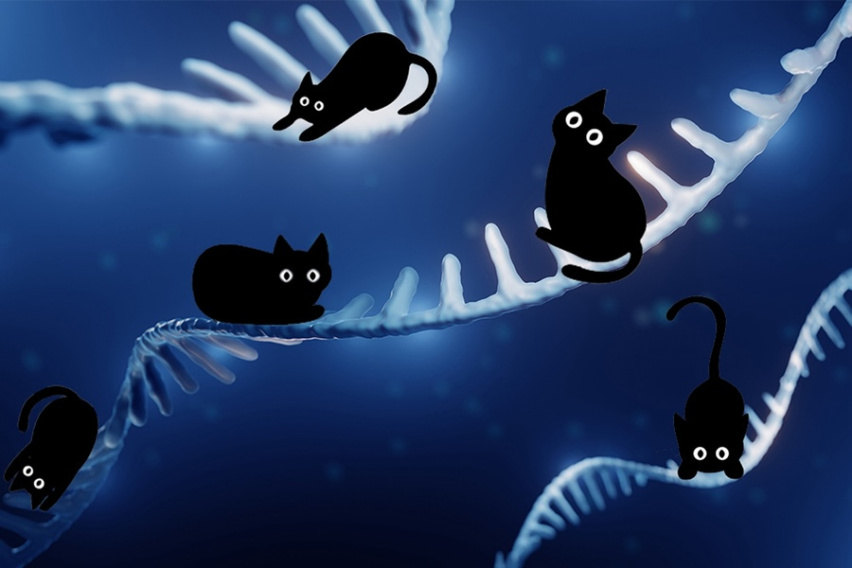MIT Koch Institute
September 13, 2022
On the 60th anniversary of President John F. Kennedy’s landmark ‘Moonshot’ speech, President Biden came to Boston to recommit the country to the Cancer Moonshot project.
At the John F. Kennedy Presidential Library and Museum, Biden spoke of his determination to ‘supercharge’ the Cancer Moonshot project and highlighted many strategies for improving cancer prevention, detection, and treatment. Many of the innovations that he spoke of are deeply rooted in our research initiatives here at the Koch Institute.
Koch Institute Director Matt Vander Heiden, who attended the event alongside many of our collaborators and partners, said he was most inspired by the goal to reduce mortality by 50% over the next 25 years: “While President Biden’s goal is ambitious, it is in reach and should be done–our cancer patients and their families need us to bring our best and boldest thinking to meet the challenge."
